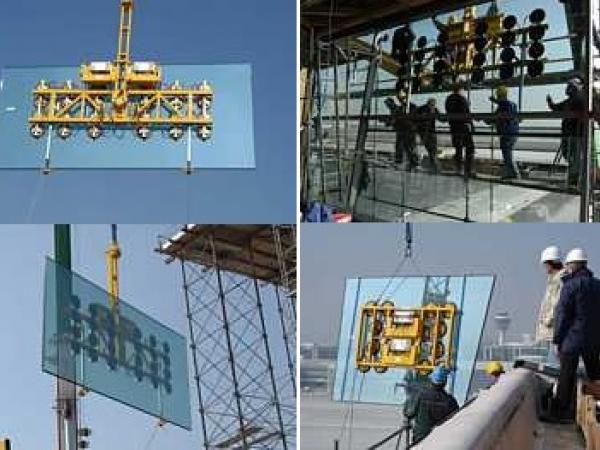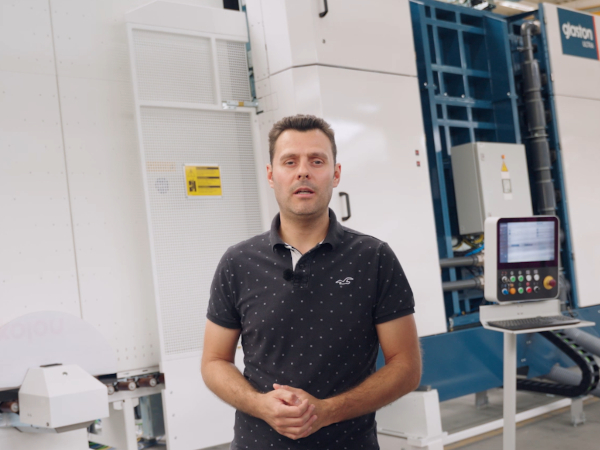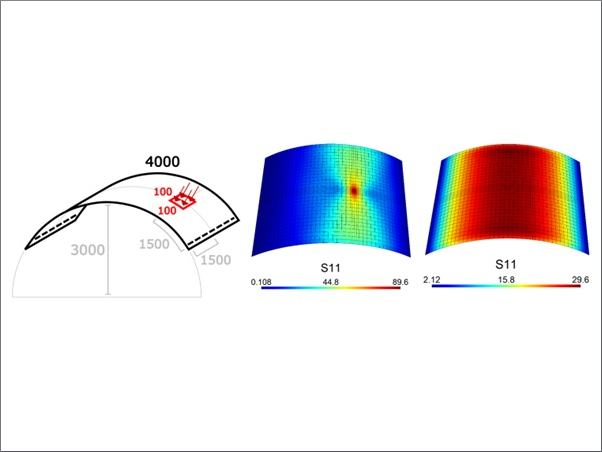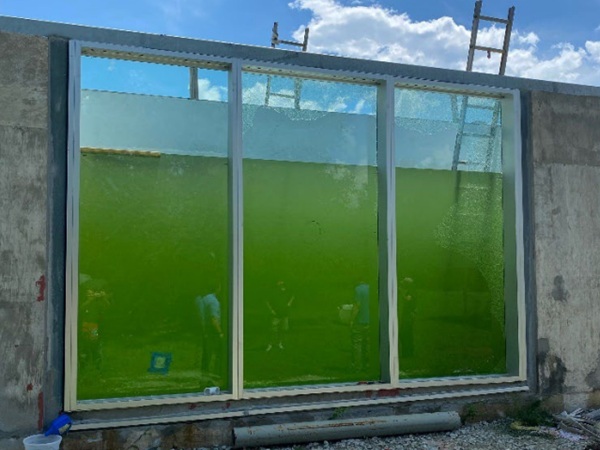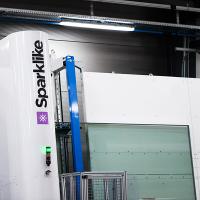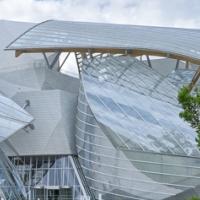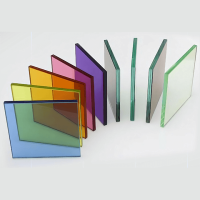The Erdinger Moos Airport of Munich, Germany has got a new tower for Terminal 2.
Insulating glass panes of 5.0 x 2.3 m made of twice-laminated glass 16 mm thick and weighing about 925 kg had to be installed at a height of up to 45 meters as well as 18 mm thick enamelled special glass plates for the tower facing - and this in the 9° upward-sloping tower.
The Weidener specialist, Glas Zange (www.glas-zange.de), possessed the suitable machinery for producing insulating glass of 6.00 m x 3.21 m, underscoring the fact that even unconventional requirements like this tower glazing pose no problem for specialists.


For this glazing work, the German Building Employer’s Liability Insurance Association of Bavaria & Saxonia required the use of a vacuum lifting device which fulfills the draft standard prEN 13155. An essential requirement of the draft standard prEN 13155 for vacuum lifting devices is a redundant vacuum system with relevant monitoring functions. Each vacuum circuit must be able to hold the rated load with a two-fold safety.
2-circuit devices are not very widespread on the market. Pannkoke is a manufacturer that offers such vacuum lifting devices, having started early and intensively to deal with the issue of „redundant vacuum lifting devices“.


The Glas Zange company expanded its necessary machinery with a further vacuum lifting device for the tower glazing from Pankokke. A Kombi Akku-Device 7211-CeDe with maximum carrying capacity of 1200 kg was ordered for turning through +/- 90°. Additional adjustable supporting feet at the device secure the transport for such extreme glass superstructures like the insulating glasses used for the tower glazing without a risk of shifting the insulating glass structure. Through the combination of the additional counterweight unit „BALANCE 2“ from Pannkoke, the Zange company was able to execute glazings at angles of 80 to 100 ° under roof projections with a maximum projection of 1.5 m.


In addition to the vacuum lifting device Kombi 7211-CeDe for the large insulating glass panes, the smaller battery-operated vacuum lifting device Kombi 7211-VT from Pannkoke was also used. This device is also designed with the 2-circuit technology. With these two devices Messrs. Zange is in the position to solve almost every task in the glazing area in compliance with the draft standard prEN 13155. Because safety is very important at Glas-Zange, such investments pay off.


A giant mobile crane with a radio remote control supported the experienced staff of the Zange company as well as the Pannkoke vacuum lifting devices, enabling them to successfully execute the glazing at an inclination angle of 9°. For Glas Zange the investment decision in the latest device technology was the right step for safeguarding the future.

